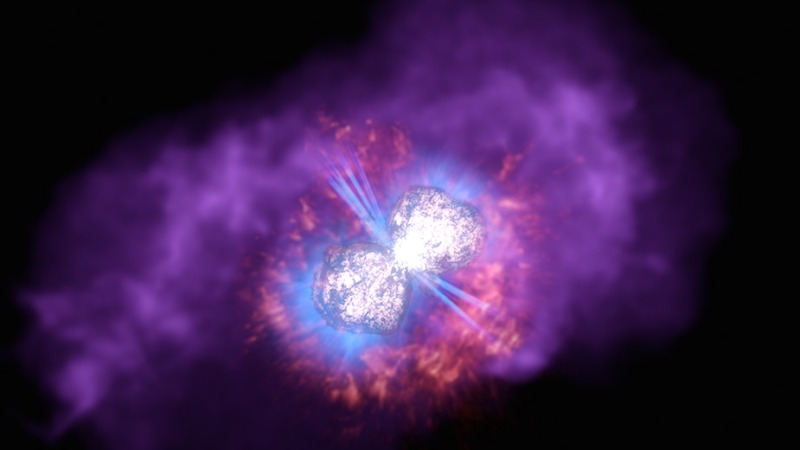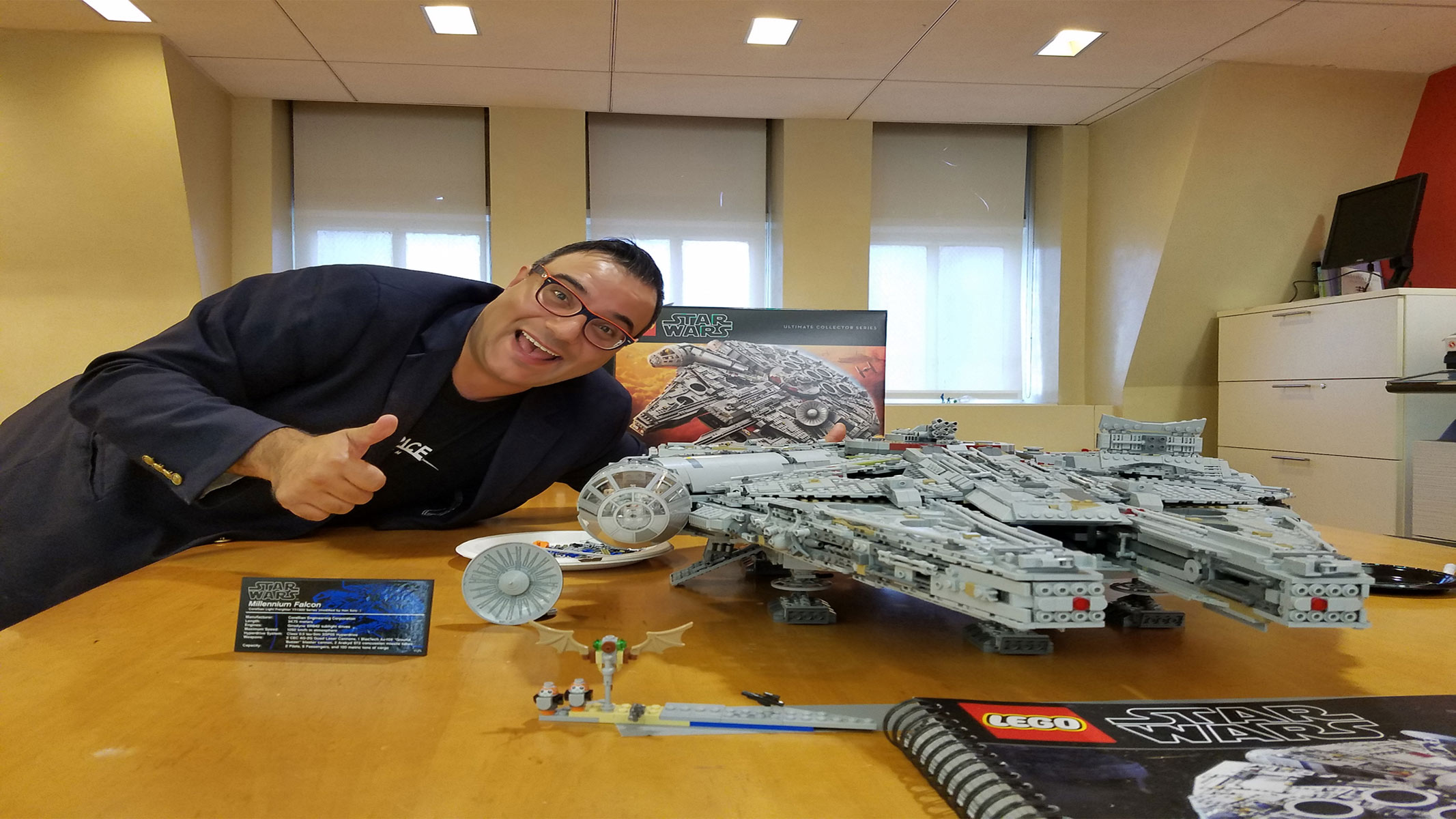Eta Carinae's epic supernova explosion comes to life in new visualization
Data from three space telescopes help tell the story of the impending supernova.
A new visualization shows the power of an epic star explosion erupting in deep space.
The video shows the famous explosion in the Eta Carinae star system that briefly made it the brightest object in the sky in the year 1843. More than 170 years later, the two lobes of the nova are still expanding into space, providing a rich trove of data to gather.
"The team did such an amazing job representing the volumetric layers that viewers can immediately and intuitively comprehend the complex structure," project lead Frank Summers, principal visualization scientist at Baltimore's Space Telescope Science Institute (STScI), said in a NASA statement. "We can not only tell the story of the Great Eruption, but also showcase the resulting nebula in 3D."
Related: The best Hubble Space Telescope images of all time!
The project uses 3D modeling to tell the story of Eta Carinae, which is expected to erupt into a full-blown supernova in the future, along with data from three space telescopes: the Hubble Space Telescope, the Chandra X-Ray Observatory and the (now retired) Spitzer Space Telescope.
Eta Carinae shines brightly in the infrared, and one of its larger "space environment" implications is how it affects the Carina Nebula in which the exploding object resides, NASA noted. Spitzer's archival data was especially helpful in looking through the dust that would obscure our view of the star in visible wavelengths, the team added.
The aim of the video is largely educational, and the team says that the information can be expanded into multimedia. "We can take these models like the one for Eta Car and use them in 3D printing and augmented reality programs," Kim Arcand, visualization lead scientist at the Chandra X-ray Center in Massachusetts, said in the same statement.
Breaking space news, the latest updates on rocket launches, skywatching events and more!
"This means more people can put their hands on the data — literally and virtually — and this makes for better learning and engagement," Arcand added.
While Spitzer is retired, Hubble and Chandra remain operational and have a fresh space observatory just getting cooled down for science observations. The James Webb Space Telescope is at its destination nearly a million miles (1.6 million km) from Earth as of Monday (Jan. 24). Webb is finishing its first month of a six-month commissioning period before beginning early science investigations.
Correction: An earlier version of this story referred to Eta Carinae's eruption as a supernova. Eta Carinae is expected to become a supernova in the future, but the great eruption event was merely a bright outburst.
Follow Elizabeth Howell on Twitter @howellspace. Follow us on Twitter @Spacedotcom or on Facebook.

Elizabeth Howell (she/her), Ph.D., was a staff writer in the spaceflight channel between 2022 and 2024 specializing in Canadian space news. She was contributing writer for Space.com for 10 years from 2012 to 2024. Elizabeth's reporting includes multiple exclusives with the White House, leading world coverage about a lost-and-found space tomato on the International Space Station, witnessing five human spaceflight launches on two continents, flying parabolic, working inside a spacesuit, and participating in a simulated Mars mission. Her latest book, "Why Am I Taller?" (ECW Press, 2022) is co-written with astronaut Dave Williams.

